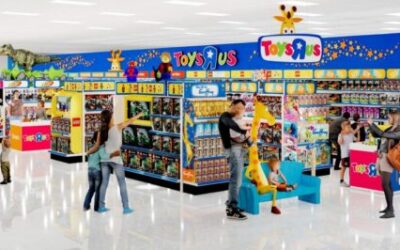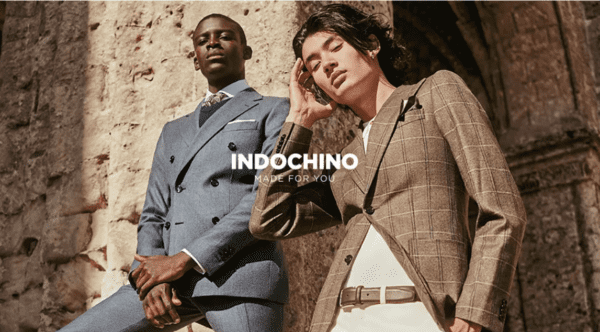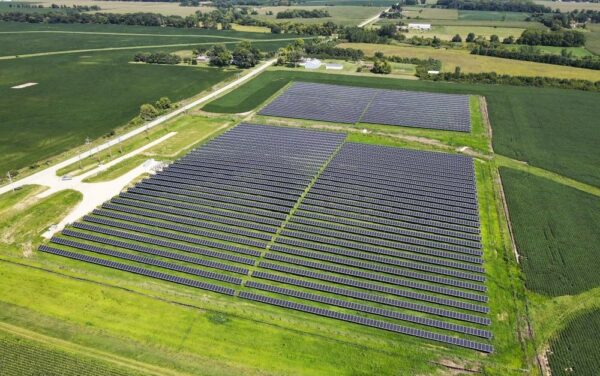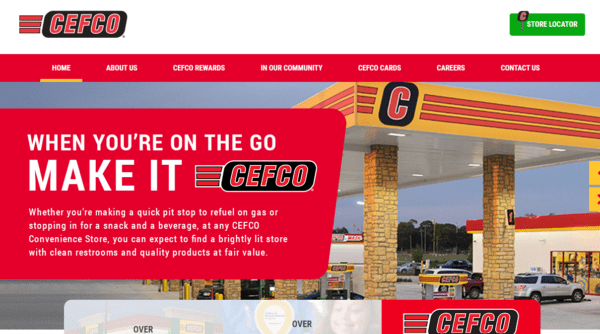Sustainable Store Design: A New Era for Brick-and-Mortar Strategy
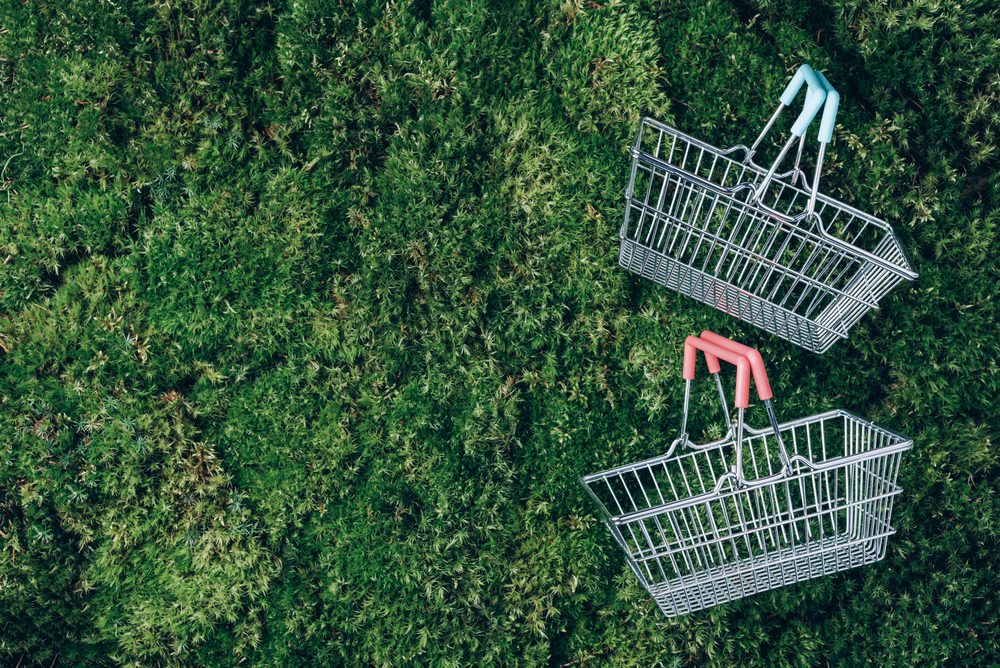

As sustainability has become increasingly urgent in higher-level executive discussions, store design teams have had to face a new creative reality: that they need to integrate sustainability into every facet of their work, from the raw materials that go into the products they choose to the use of greenery and natural light in the finished designs.
Results from Retail TouchPoints’ most recent Store Design and Experience Survey reaffirm this shift: while a little more than one-third of respondents (36%) named sustainability as a priority in our 2022 survey, nearly twice as many executives (68%) identified its importance this year.
Previously, efforts largely focused on achieving LEED certification for design, construction and operations standards. While important, achieving this can sometimes be costly, so store design teams are thinking more creatively — and expanding their contributions to corporate ESG efforts in the process.
“We see a range of executions, from making better material decisions to strategies that look at the longevity of a building,” said Jamie Cornelius, Creative Director at retail brand experience agency ChangeUp. “A common question we get from clients is how do we flex our stores for the future?”
Saving Money and Saving the Planet
Cindi Kato, Principal at CallisonRTKL, agreed, noting that while design teams are attempting to maximize the lifespan of spaces to support their sustainability goals, executive teams respond most favorably to the cost savings that come with these savvier strategies.
“Many clients are prioritizing cost reduction, resulting in fewer and smaller renovations, smaller store footprints, longer intervals between renovations, and adaptive reuse instead of new buildings,” Kato explained in an interview with Retail TouchPoints. “These changes have a positive impact on sustainability by minimizing waste, reducing the overall fleet footprint and extending the lifespan of materials and buildings. These changes present opportunities for synergies between sustainability and other business objectives.”
Beyond the foundation of the space, store design teams also are considering how more tactical decisions, such as choices around fixtures, graphics and materials, can flex to these new store functions and ultimately ladder up to corporate sustainability goals.
In the short term, that means design firms are seeing a more significant shift toward LED lighting, solar power systems and daylight harvesting systems, “which can significantly reduce energy consumption and lower a store’s carbon footprint, and circadian lighting designed to support human health by working with natural circadian rhythms and daylight patterns,” noted Joey-Michelle Hutchison, AIA, LEED AP BD+C, CSBA, Associate Principal at CallisonRTKL.
In the longer term, the store design industry will pivot toward more biophilic design concepts, such as using “natural materials, patterns and vegetation to create a more sustainable and healthier environment,” Hutchison explained. Elements supporting biophilic designs include live greenery, natural elements that are incorporated into interiors, more natural lighting, and recycling, upcycling and resale of existing products, Cornelius said.
Bringing Sustainability into Everyday Practice
Brands’ more pointed and measurable sustainability goals also have encouraged design firms to rethink the way they consult with clients and onboard material partners.
Because every design project starts with a sound strategy, ChangeUp takes a “consultative approach” that helps its executives uncover new processes that “bring sustainability to the forefront of a brand’s everyday practices,” Cornelius explained.
For example, the firm partnered with Trek Bikes to evaluate operational and maintenance procedures across the organization, including “water conservation and protection solutions, like recouping water from bike washing and engineering it to use a common filter and pump design to recycle the water,” she explained. The company also recently decided to move all mechanical systems to electric — a transition that aligns with the brand’s broader values and creates a consistent message for end consumers.
Materials for store design projects are then selected based on specific client guidelines, then curated based on project budget and whether more sustainable options are available. “We approach every project differently, depending on the client’s requests and their level of interest,” Cornelius explained. “However, when a manufacturer has a greener option that fits a project’s aesthetic and budget, it is a no-brainer to go the more sustainable route. Ultimately, we have an extensive list of vendor partners that we are constantly vetting to make sure they align with the quality we expect for our clients.”
In some cases, design firms are looking deeper into the story behind materials, especially how products are sourced and created. When material vendors provide these insights, design firms can ensure they’re offering the best partner recommendations to brand clients. “It’s not enough to simply claim that a product is sustainable,” Hutchison said. “There needs to be documentation and verification to back up those claims. As designers, we strive to work with vendors and partners who prioritize transparency and can provide evidence of the sustainability and environmental impact of their materials and production processes.”
After all, even the smallest design touches can have a big impact when it comes to supporting a brand’s sustainability story. CallisonRTKL recently worked with a rug vendor that uses recycled plastic bottles to create colorful and durable rugs. Using recycled materials in product design not only helps reduce waste but also “creates a unique selling point and story that can be shared with customers,” Hutchison explained. “As designers, we get excited about communicating the story behind these sustainable materials to clients and highlighting the poetry and creativity involved in their production.”
5 Steps for Sustainable Store Design Success
Given their extensive experience working on design projects across retail and other industries, executives from CallisonRTKL and ChangeUp offered guidance to support teams as they strive to make more ethical and planet-friendly store design decisions:
Step 1. Understand the environmental impact of current practices.
The first, most critical step for design teams is to walk through each stage of current design processes and identify areas where changes can be made. “Consider sustainability as early as possible and in all phases of your practice,” Hutchison said. “It is not just about the end product but also about the production process. The sustainability of the way that things are made – where do those original base materials come from, how were they harvested, who is making the things, how much are they paid?”
Step 2. Align on approach across the organization.
Sustainability shouldn’t be confined to a specific functional silo. The vision for a sustainable store design should connect to organizational goals, priorities and budgets.
To ensure alignment, brands should enlist an executive sponsor to “help implement sustainable changes and ensure that [these changes] are an extension of the overall corporate strategy,” Cornelius said. “Anytime you’re implementing new processes, start small and strategic. There are so many facets of sustainability that taking on the challenge can be daunting. If those changes are not based in something that aligns with your company (or externally, your client’s strategic goals), it is hard to adopt them and make them feel authentic.”
Step 3. Avoid “greenwashing.”
Greenwashing is an oft-cited concern — and rightfully so. If consumers feel like a brand is being misleading or untruthful about their sustainability efforts, it can severely impact their trust and loyalty.
That is why Hutchison advises design teams in particular to not make “false or exaggerated claims about the environmental benefits of your designs. This can be misleading and undermine the credibility of sustainable design as a whole. Be transparent about the environmental impact of your designs and focus on making real, measurable improvements.”
Step 4. Focus on communicating authentically and effectively.
Related to greenwashing, store design teams should think strategically about how they communicate their efforts in stores and across channels. While transparency is important, being too heavy-handed could lead customers to feel like your efforts are merely a marketing ploy.
“Finding the right balance of when and how to communicate your sustainability efforts in and out of store can be difficult,” Cornelius admitted. “Is it a manifesto? Will anyone notice in an oversaturated market? When are we under- or over-communicating the message? How are we empowering our employees to be sustainability champions? And, finally, are we being authentic in our approach?”
Step 5. Always stay true to your brand and design aesthetic.
As teams embark on their journey toward sustainable store design, they should always ensure they remain true to the brand vision and design aesthetic. In the current climate, there is no reason for brands to revise their plans simply to accommodate what’s available in the market.
“Sustainable design does not necessarily mean sacrificing aesthetics or adding cost,” Kato said. “You can still create beautiful, functional designs that are environmentally responsible and within budget.” In fact, there is a growing list of vendors creating unique service offerings that can help design firms and their brand clients meet new sustainability demands.
“We have found that more fixture vendors are creating separate service offerings focused on sustainable solutions, [including] considering how they approach the disposal or reuse of existing fixtures, the materials and manufacturing process, and the transportation and installation of fixtures,” Cornelius said. “Those vendors have become our go-to when we’re working with clients on sustainable projects because they understand and can implement the vision of the design and stay true to the brand’s strategy.”







